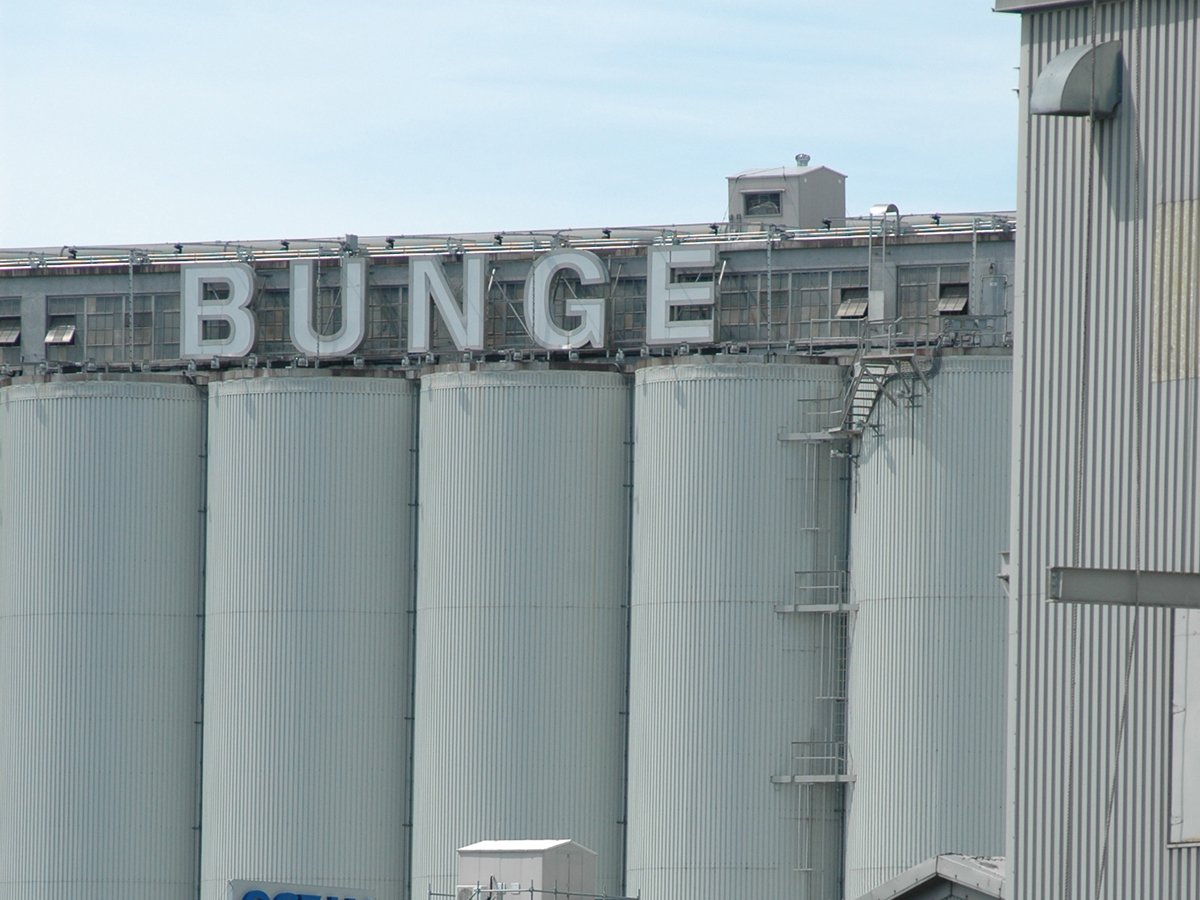Upgrades would increase annual throughput to five million tonnes and raise yearly rail car capacity to 500
Cargill Canada is seeking approval for a project that will expand the handling capacity of its North Vancouver grain terminal.
Company officials with Cargill say the proposed project will improve rail car unloading efficiency at the terminal and increase annual throughput capacity to five million tonnes from 3.4 million tonnes.
The proposed upgrades include improvements to existing rail facilities, new tracks, automated rail car handling systems and expanded dumping capacity.
As well, the terminal’s annual rail car capacity would increase to 500 from 325, and vessel calls could increase to 132 visits a year from 88.
Read Also

Bunge’s crop mix is changing
Bunge has predominantly been a soybean processing firm, but that’s about to change after the merger with Viterra with softseed processing and grain merchandising gaining ground.
Port Metro Vancouver is reviewing the application and is expected to make a decision in the coming months.
Gerry Dickie, Cargill’s general manager of grain handling and exports at the terminal, said he hopes to have project approvals in place this summer with construction to begin shortly after that.
Dickie said Cargill, the railways that service the facility and the surrounding North Vancouver neighbourhood all stand to benefit from the project.
The new track configuration will eliminate the need to break up trains into smaller blocks of cars before unloading.
“The benefit to us, and to the railways and the neighbourhood, is that we’ll now be able to handle a single train and we won’t need to cut cars,” Dickie said.
“Banging cars has been a big noise irritant to the community.”
Dickie said the terminal, which Cargill acquired from Saskatchewan Wheat Pool in 2007, receives a large number of cars a day but the current track configuration limits its ability to handle them efficiently.
“This is a pretty good news story,” he said.
“We’re eliminating the car banging (and) we’re increasing car velocity.”
Port capacity and supply chain efficiency have emerged as hot topics among agricultural shippers over the past two years.
A record harvest in the fall of 2013 followed by costly transportation delays that winter placed a spotlight on shortfalls in Western Canada’s grain handling and transportation system.
Dickie said west coast port facilities have responded to the challenges by expanding terminal capacity and improving co-ordination of grain deliveries from country locations.
“Currently, we’re handling a lot less segregation in the port than we were previously … and some of the terminals have also gotten a little bit bigger,” he said.
“I don’t believe that terminal capacity is necessarily the bottleneck in the system right now.… I think, as an industry, we’ve still got to work a little on the supply chain and this project specifically is designed to increase car velocity.”
Dickie said storage capacity at the West Coast is large enough to handle existing deliveries.
“I don’t think anyone has really been pushed to their limit yet,” he said.
“There’s still some excess capacity within the port right now. It’s just a matter of being able to get the supply chain all set up.”
Dickie said demand for west coast shipping capacity is increasing in all business sectors, including potash and coal.
“Everybody has been very busy and everybody has been doing a lot of expansion,” he said.
“There’s huge demand right now, and if we’ve got one concern going forward, it’s whether or not there’s enough room in the supply chain to handle all these increases in commodities through the West Coast.”
Cargill has scheduled an open house Feb. 5 in North Vancouver to share details of the project.
Company officials are also scheduled to appear before the City of North Vancouver Feb. 23.
brian.cross@producer.com















